EP 84: How Not to Diet (but Still Lose Weight)

Several months ago, a reader named Donna sent me the following request: “I’d love to hear your summary or take away of how not to diet but lose weight.”
So on this week’s episode, I’m discussing Dr. Michael Greger’s book, How Not to Diet, and the amazing effects implementing his suggestions have had on my health, weight, and energy levels.
Show Notes
VERSES CITED:
- Psalm 139:16 – “Thine eyes have seen my unformed substance; and in Thy book they were all written, the days that were ordained for me, when as yet there was not one of them.”
RELATED LINKS:
- How Not to Diet – “The Groundbreaking Science of Healthy, Permanent Weight Loss”
- How Not to Die – “Foods Scientifically Proven to Prevent & Reverse Disease”
- How Not to Age – “The Scientific Approach to Getting Healthier as You Get Older”
- nutritionfacts.org – Michael Greger’s informative website (excellent!)
- Daily Dozen App – use to track progress on your smart phone (on 12 foods & 21 tweaks)
- Daily Dozen free printable chart – I post this one on my fridge as a daily reminder
- Episode 52: Helping Your Husband Make Better Food Choices
- Episode 70: Unwrapping Cancer for Christmas
- Garlicky Lentil Soup Recipe – a Flanders’ family favorite
- Winkie’s Tonic – a natural antibiotic with an apple cider vinegar base
- Sautéed Mushrooms & Spicy Greens – my daily indulgence/ 2nd breakfast
- Bigelow Matcha Green with Turmeric – my favorite green tea (I drink 3 cups daily)
- M is for Mama – my friend Abbie’s website (w/links to her books & podcast)
STAY CONNECTED:
- Subscribe: Flanders Family Freebies – (weekly themed link lists of free resources)
- Instagram: follow @flanders_family for more great content
- Shop my books: Flanders Family Store
- Family Blog: Flanders Family Home Life (parenting tips, homeschool help, printables)
- Marriage Blog: Loving Life at Home (encouragement for wives, mothers, believers)

How to Lose Weight w/o Dieting
full transcript of Episode 84
Hello, Friend. Welcome to Episode 84 of Loving Life at Home.
Today, I’m finally responding to a question I got several months back from a reader named Donna. She wrote, “I’d love to hear your summary or take away of how not to diet but lose weight.”
I’m pretty sure she wrote this in a response to a book I reviewed in my weekly newsletter. That book was entitled How Not to Diet and was written by Dr. Michael Greger.
My husband and I have read several of Dr. Greger’s books. (I’ll link all three in today’s show notes in case you’re interested in reading them for yourself). Greger is an MD who has specialized in nutrition and is meticulous about backing up every claim with lots and lots of verifiable statistics and rigorous clinical studies and double-blind, placebo-based trials. His research is over-the-top impressive and makes for especially compelling reading.
But it also means his books are incredibly dense. Each of them weigh in at around 600-640 or so pages, and they’re cram packed with practical, life-transformative information.
Much of the same information is available in bite-size pieces on his website, nutritionfacts.org, which I’ll also link in the show notes in case you prefer watching 5-minute videos to consuming 600-page tomes.

Books by Michael Greger, MD
The first Gregor book we read was How Not to Die, in which the author examines the 15 leading causes of death in the US and shows how all 15 can be prevented, and in many cases the damage already done can be reversed, by eating a whole foods, plant-based diet.
My husband also read – some of it aloud to me, or else he summarized – Gregor’s book How Not to Age, in which the author goes through every body system — cardiovascular, digestive , neurological, skin, skeletal, etc. — and shows how that same plant-based diet can prevent, reduce, or delay many of the negative effects we normally associate with aging.
And then, even more recently, I read Dr. Gregor’s How Not to Diet. I think his initial plan with this book was to examine all the different diets that have gained popularity these days (Atkins, paleo, low-carb, low-fat, the caveman diet, etc.) and determine which (if any) actually work, but the project grew and expanded to include so much more than that.
Because, the fact is, despite all the fad diets that have been unleashed in our society, the obesity epidemic continues to cause all sorts of related diseases and other health problems.
And I can see that from my own life. Anytime I would get serious about exercise or begin meticulously counting every calorie, I could drop 20-30 lbs over the course of 6 months, but as soon as I stopped moving my body or tracking my food intake, my weight would slowly start to creep back up until I weighed as much or more than I did to start with.
You may not realize it, but last Sunday, May 11, was not only Mother’s Day, but it was also National Eat What You Want Day. There’s something to be said about being able to eat your favorite foods without having to worry about how they’ll affect your health or weight, isn’t there? That’s probably why some people claim that calories eaten on vacation don’t count?
Unfortunately, that normally isn’t true. Vacation calories definitely DO count, and if you’re not careful, you may come home weighing more than you did when you left. Has that ever happened to you? That used to happen quite regularly to me – although not lately.
Cruises have historically been the worst place for packing on extra pounds while vacationing – with all those delicious buffets and fancy dining rooms and every kind of cuisine you can imagine available from sunup to sundown and beyond – and all of it already included in the price of your fare.
Nevertheless, I went on a cruise last February, ate three or four times a day, including five-course dinners with dessert and some of the most delicious culinary creations I’ve ever tasted, I felt completely satisfied the entire week I was on the ship, and came home six pounds lighter than when I left.
A similar thing happened last month when we spent a week in Washington, DC. Instead of gaining weight on vacation, I lost, without ever feeling deprived, thanks partially to all the walking we did while we were there. I think we averaged about 5 miles a day, give or take 2.
But that’s enough about that for now. I’ll circle back later to explain how those results were possible. For now, let’s get back to today’s question: What is my summary or take away of how not to diet but still lose weight?
Well, in his book, How Not to Diet, Dr Gregor provides 21 clinically-proven tweaks that can help you shed excess pounds by adding a few key ingredients into your diet and by being more careful about the timing of your meals and the order in which you eat your food.
Dr. Gregor has a free phone app that will help you track your progress on implementing both these “21 Tweaks,” as well as the “Daily Dozen” foods he recommends in his first book that readers should consume every day for optimal health. I’ll see if I can link that app in today’s show notes for you. But I also made a handy paper chart of these recommendations for my own personal use, and I’ll link a copy of that in the show notes as well.
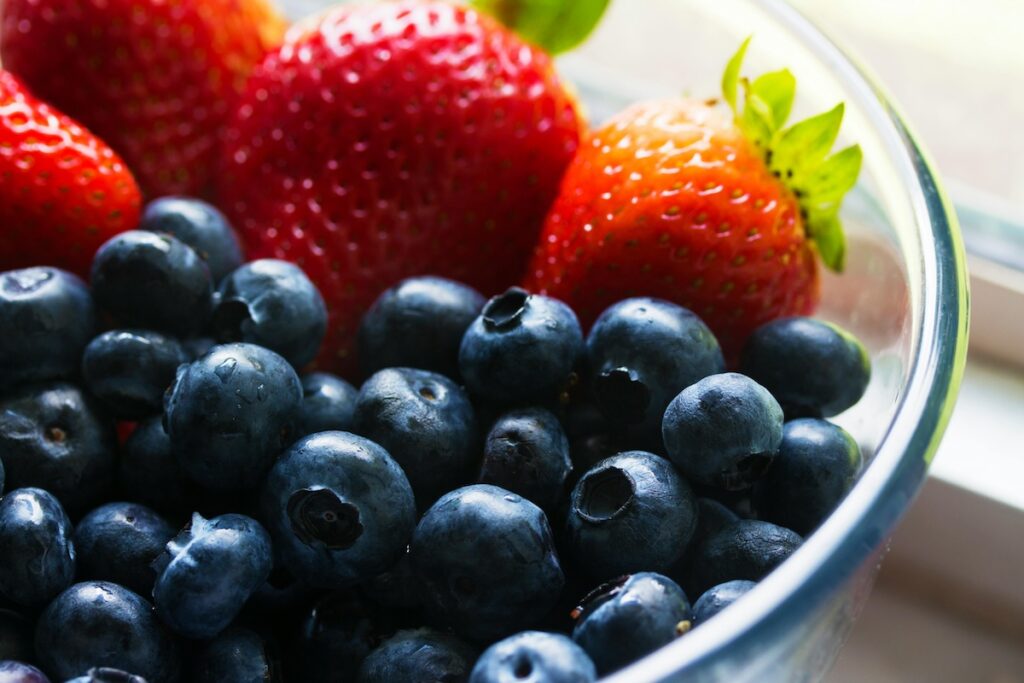
So… the foods on Gregor’s Daily Dozen list include:
Dr. Greger’s Daily Dozen
- BEANS – 3 servings a day
- BERRIES (like strawberries, blackberries, raspberries, or blueberries) – 1 serving a day (as I already mentioned in Episode 52, on helping your husband make better food choices – I’ll include a link for that in the show notes as well – that just one small handful of blueberries a day reduces your risk of Alzheimer’s by 76%. There is something in the blue pigment that crosses the blood-brain barrier and improves brain health. But you need to eat them separate from any dairy – don’t mix them into your yogurt, or the milk proteins will bind to that blue pigment and prevent it’s ever getting to your brain)
- OTHER FRUITS – next on Greger’s Daily Dozen list is other fruits (like apples, oranges, grapes, bananas, melon, kiwi, that list goes on and on) of which you need 3 servings a day
- GREENS – also greens (and here, I think he means dark leafy greens like spinach or kale or collard greens) – 2 servings a day
- CRUCIFEROUS VEGETABLES – next is cruciferous veggies (like broccoli, cauliflower, cabbage, or kale) – 1 serving a day
- OTHER VEGGIES – then other vegetables – 2 servings a day
- FLAXSEED is also on the list – 1 serving a day
- NUTS/SEEDS – as are nuts and seeds (preferably unsalted) – 1 serving a day
- HERBS – also herbs & spices (especially turmeric, which is strongly anti-inflammatory) — 1 serving a day
- WHOLE GRAINS – you should also get 3 daily servings of whole grains
- WATER – and 60 oz. of water a day (including the water used to make black, green, or herbal tea – that would also count toward this amount) – you need a full 60 oz. daily
- EXERCISE – finally, you need to exercise, at least once a day (Greger specifies 90 minutes of moderate or 40 minutes of vigorous exercise daily. I’ve been fulfilling this goal by power walking for about half an hour every day, coupled with rebounding for about 10 minutes. I’m not sure that qualifies as vigorous exercise, but it is something I’ve been able to keep at consistently, so I’m going to just keep doing it and call it good)
As you can see, everything on this list, with the exception of the exercise, is plant-based. Greger strongly recommends a vegan diet, and the research he presents in his books offers a compelling argument for — and details myriad benefits associated with — adopting such a diet.
Of course, you could just add the daily dozen in on top of what you normally eat, but it represents a whole lot of food, and if you really squeeze all the recommended servings of all twelve of those foods into your daily diet, you probably won’t have the stomach room for much else.
But what if you aren’t quite ready to go full-on vegan? Are there any steps can you take to lose weight without having to give up meat and cheese?
Well, that’s where Dr. Greger’s 21 Tweaks come in. Again, you can track these on his free app, or download the expanded chart I made for myself that have both the daily dozen and the 21 tweaks together.
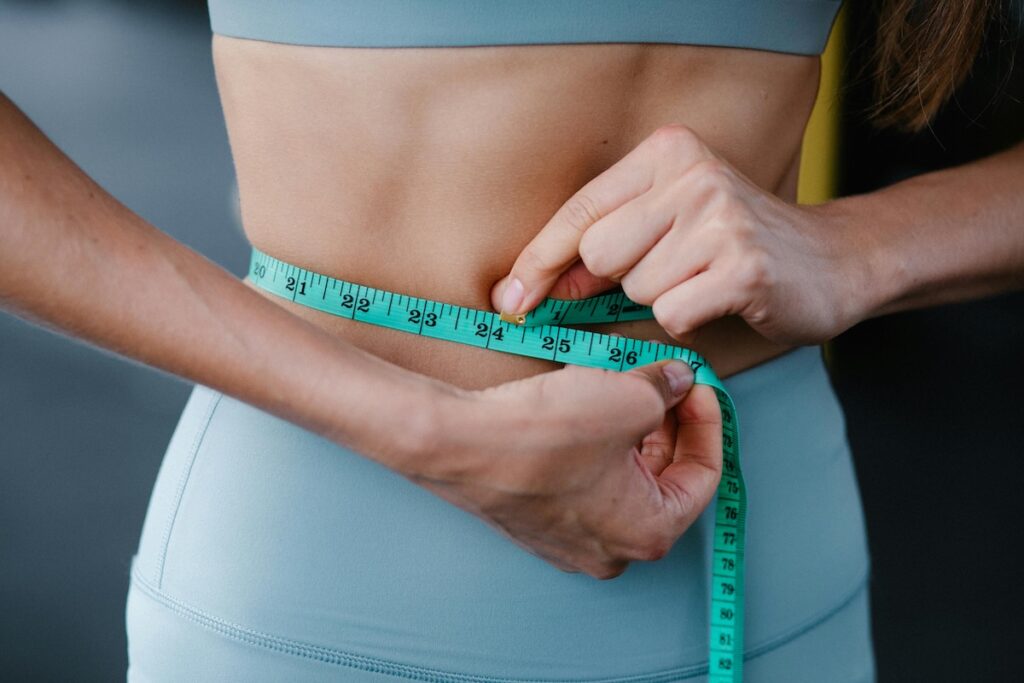
Dr. Greger’s 21 Tweaks for Healthy, Permanent Weight Loss
The 21 Tweaks list contains things like:
Adding specific herbs, spices, vinegars, and teas to your diet:
- Nutritional Yeast – 2 tsp per day (high in beta glucans which help facilitate weight loss – it has a cheesy flavor that I’ve really learned to like)
- Cayenne Pepper – ½ tsp per day helps burn fat
- Cumin – ½ tsp daily with lunch and dinner has been shown to help lose weight
- Black Cumin – ¼ tsp per day decreases BMI
- Ground Ginger – ¼ tsp per day helped reduce body weight
- Garlic Powder – ¼ tsp per day helps reduce body fat
- Vinegar – 2 tsp at every meal has been shown to help with weight loss (this can be any kind of vinegar, but I usually use apple cider vinegar. You can use it to dress a salad or flavor lentils – although I usually use red wine vinegar for that job. I’ll link my recipe in the show notes. And I usually take a shot of Winkie’s tonic, which is a natural anti-biotic with an apple cider vinegar base, at least once or twice a day. I’ll link that recipe too)
- Green Tea – drink 3 cups a day (it’s best if you wait at least an hour after a meal so as not to interfere with iron absorption. My husband makes me a huge stein of hot green tea first thing every morning, while I make his breakfast. I usually guzzle all three cups at once about an hour after breakfast, which gives it a little time to cool down first, then I drink 40+ oz of filtered water with lemon throughout the rest of the day and with my meals)
Some of Dr. Greger’s tweaks involve careful timing of meals and exercise:
- His first weight-loss tip is to preload before every meal with 2 cups of cold water. Cold water helps boost your metabolism and makes you feel more full before ever sitting down to eat.
- Greger also recommends preloading with “negative calorie” foods, like an apple or a light soup or salad. I have an apple with my breakfast every morning, and I always try to eat that first. Studies have also shown that adding ½ a red delicious apple to your daily diet can extend your life by an average of 4 years. Of course, I say that knowing that the days of my life were ordered and written down by God, and in His book they were numbered, before I was ever born, as we read in Psalm 139, but apples are obviously a good choice for health, longevity, and weight management, so I’m going to keep eating them every day anyway.
- Not only should you preload with negative calorie foods, but you should also front load your calories, according to Gregor, which means you need to eat the bulk of them early in the day. Interestingly, studies have shown that a large meal eaten at breakfast will not cause you to gain as much weight as it will if you eat the same exact meal for dinner. So eat breakfast like a king, lunch like a prince, and dinner like a pauper, and you’ll be in good stead.
- Which brings me to Greger’s next tweak for weight-loss, which is to restrict your eating to a 12-hour window (or less) and…
- Don’t eat anything after 7 PM in the evening. I think the 7 PM was chosen to allow a good 3 hours to digest before you turn in for the night. But since my husband and I often go to bed by 8 PM, I try to get all my day’s eating done by 4 or 5:00. That has worked well for me, especially since I usually eat first breakfast around 6 AM, and what I affectionately call second breakfast around 8 or 9. (The first breakfast consists of 1 apple, ½ cup of berries, ¼ cup mixed nuts, and two pieces of avocado toast made from Ezekiel bread and sprinkled with cayenne pepper, black pepper, turmeric, and ginger. That’s the same breakfast I make for my husband, minus the toast on days he is working, and only one piece of toast for him when he’s home). Second breakfast consists of sliced white button mushrooms sauteed in olive oil with fresh onions, garlic, red pepper flakes and either spinach, kale, or collard greens. It’s so yummy! I really crave it when we are traveling and I have to do without.
- Another of Gregor’s weight-loss tips is to stay hydrated, which equates to nine cups of unsweetened beverages a day for women and 13 cups for men – but this tip will be automatically taken care of if you drink your 3 cups of green tea and preload with 2 cups of cold water before every meal.
- The rest of Gregor’s tweaks include enjoying undistracted meals (don’t eat mindlessly, “while you’re watching TV or playing on your phone” but really slow down and savor the food. In fact, studies have shown that increasing the time food is in your mouth can result in lower caloric intake, so you should “choose bulkier, harder, chewier foods and take smaller bites,” extending mealtime to at least 20 minutes and chewing every bite well.
- For best results, time your exercise for optimal results, by waiting 6 hours after your last meal (which would argue for exercising in the early morning before breakfast for most of us) – unless you have diabetes, in which case it is better for your blood sugar if you exercise immediately after your meal. My husband does have diabetes, so I usually just exercise with him right after lunch or dinner, or after breakfast on weekends or days off.
Dr. Greger’s remaining tweaks are a little random:
That’s 16 tweaks, if you’re counting. The last five are miscellaneous tips that don’t neatly fit into either of the previous two categories. These include:
- De-flour your diet. When you’re trying to lose weight, you should lay off refined flour in favor of intact, whole grains. My go-to sources of whole grains are Ezekiel bread, sprouted corn tortillas, and airpopped popcorn.
- Weigh yourself twice a day – first thing in the morning and again right before you go to bed. Dr. Greger says, “Regular self-weighing is considered crucial for long-term weight control.”
- Set specific goals (something Dr. Greger calls “Implemenatation Intentions”) and be consistent about them every day until it becomes a habit, then pick a new one and start working on that.
- Get sufficient sleep – at least 7-8 hours per night. Less than that can really pack on the pounds.
- And the last tweak is the only one I haven’t applied (at least not yet) which is to sleep in a mild Trendelenburg position, which means sleeping with your body tilted head-down about six degrees. You can accomplish this by raising the posts at the foot of your bed by about 8 inches. This causes more blood to be pulled into the heart which encourages it to release a fat-burning hormone. Please note that doing this is NOT recommended for anybody with heart or lung problems, issues with your brain or eyes, or acid reflux – something my husband sometimes struggles with, which is one reason I’ve not pursued this particular tweak. The other is that I don’t think having the foot of our massive wooden bed raised eight inches would be very good for the frame, nor would it look as aesthetically pleasing as having the mattress level.
Of course, applying these tweaks will only get you so far. Don’t expect your excess pounds to fall off overnight. But if you’re consistent about doing all these things, you will likely see the weight slowly start to come off.
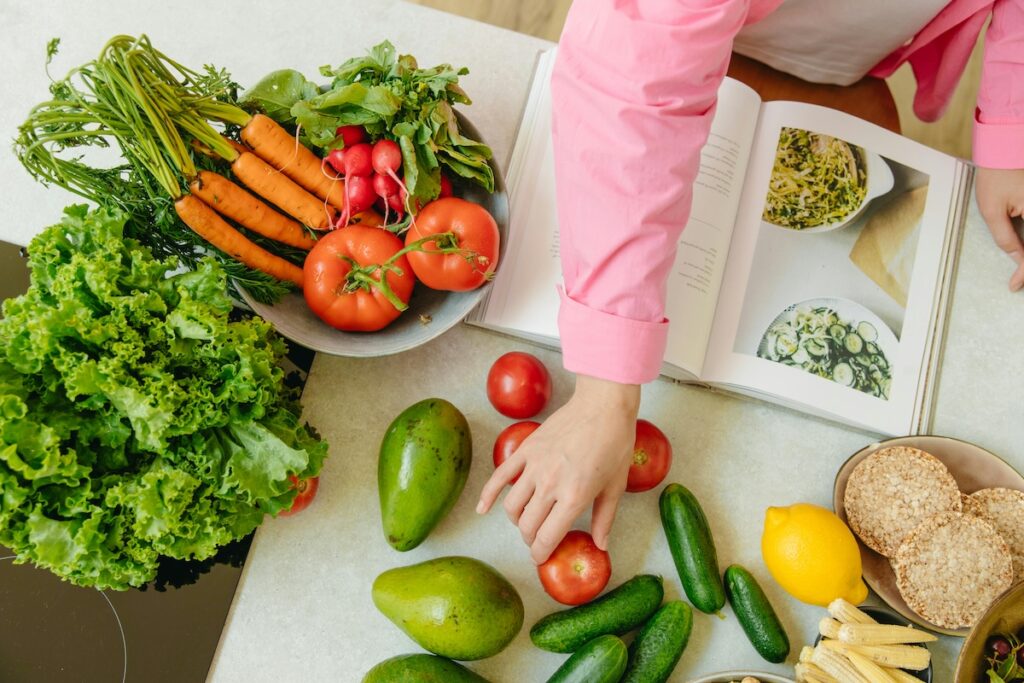
My Own Experience Putting These Ideas to the Test
I finished reading How Not to Diet in November, but it took me a couple of months to wade through it, so by the time I finished the final chapter, I’d already begun implementing many of the tweaks suggested in the book — I started as soon as I learned about them. And, what’s more, I was already seeing some benefit, to the tune of about a pound of weight loss every week to ten days.
But then, after my breast cancer diagnosis in mid-December, I got really motivated to revamp my diet. I talk about my reaction to the big C at length in Episode 70: Unwrapping Cancer for Christmas, which I’ll link in the show notes.
But basically, after some serious fasting and lots and lots of prayer, I cut out all refined sugar, refined flower, seed oils, ultra-processed foods, and all meat and dairy – although I did have a little chicken while I was healing after my lumpectomy, because my husband thought I probably needed some extra protein during my convalescence in order to recover faster.
So, guess what? For nearly six months now, I’ve eaten a strictly plant-based diet. And most days, my diet includes all 12 of Dr. Greger’s daily dozen and 20 of the 21 tweaks – everything except sleeping on a slanted mattress.Ha!
That means I’m eating a ton of delicious, vitamin-packed, fiber-rich, nutrient-dense food every single day – and loving it.
I’m eating a ton of delicious, vitamin-packed, fiber-rich, nutrient-dense food every single day – and loving it.
I get to eat as much as I want. I feel completely satisfied. My sugar-addition is gone. My junk-food cravings are gone. The indigestion is gone. The roller-coaster blood sugars are gone. The fatigue is gone.
I have all sorts of energy. I feel fantastic. And I’ve lost 60 pounds – which means I’m now back to the same weight I was when I met my husband – all without counting a single calorie.
As you may already know, I send out a weekly newsletter called Flanders Family Freebies, filled with all sorts of fun, free resources. (If you don’t already subscribe but would like to, I’ll include a link in the show notes, along with a link to the issue I’m fixin’ to tell you about, if I can figure out a way to do that:
Anyway, one of the most popular newsletter issues I ever sent, at least in terms of open rates and click-through percentages, was one I entitled “How to Eat What You Want & Stay Healthy.” So I know that topic resonates among my readers. Probably because most of them are women, and for a lot of us, the older we get, the lower our metabolism seems to sink.
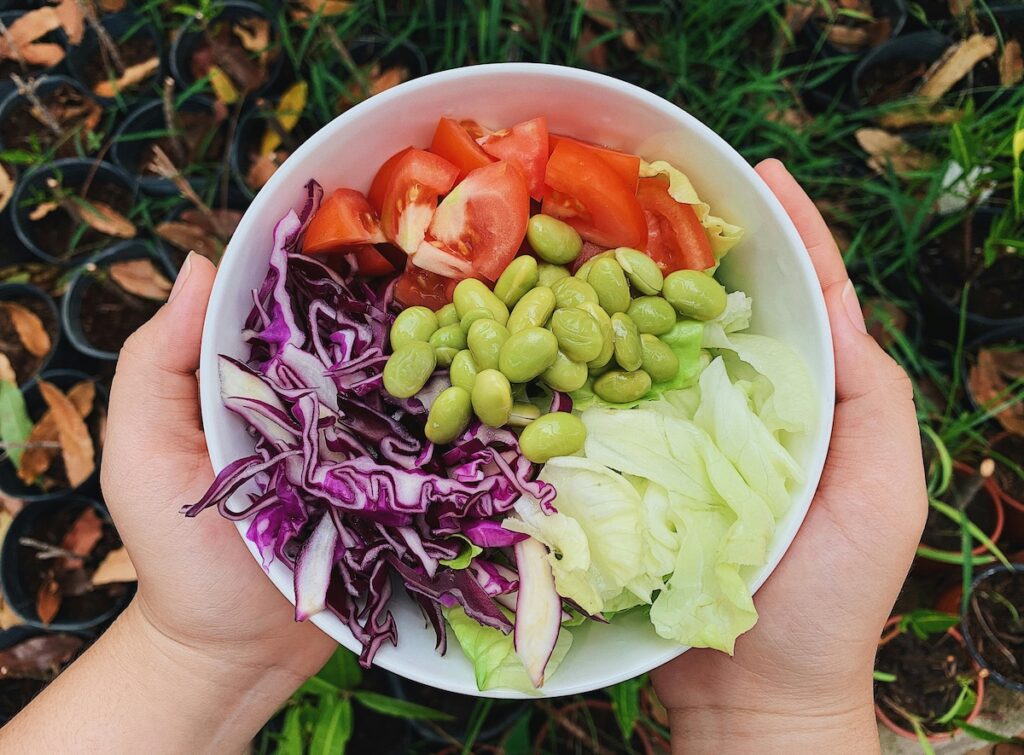
The Double-Sided Blessing of an Efficient Metabolism 😊
I have a very dear friend, Abbie Halberstadt. You may already know her, as she has written two, soon to be three, bestselling books and hosts a popular podcast called M is for Mama (I’ll put links to all of that in the today’s show notes). Anyway, this friend who also has a lot of children – ten, including two sets of twins, all born on the same day, 10 years apart – and she has always stayed far more physically active than I’ve ever even dreamed of being.
Well, when Abbie turned 40, her sweet mother (who is also a personal friend of mine) told her very matter-of-factly that forty is the age when it becomes nearly impossible to lose weight, and that she shouldn’t be surprised if the baby weight from her last set of twins didn’t come off as easily as it did when she was younger.
And I remember Abbie feeling mildly offended over that conversation. Of course, I sincerely hoped for my friend that such a projection wouldn’t be true for her. After all, she is incredibly diligent she’d been in the past to teach fitness classes all through her pregnancies and jump right back in ASAP after delivery.
But I am also as near to Abbie’s mother’s age as I am to hers. So, on the one hand, I was still close enough to my own 40s at the time as to want to encourage my friend that, yes! With enough resolve, she could defy the odds. But I was also close enough to my 70s to know that will-power can only go so far and that what her mother said is actually true (and one Abbie herself has now conceded as well): It is much, much harder to lose the weight once you get older!
That truth, coupled with the fact that, until these past six months, I seldom ever exercised consistently, is how, at my heaviest, I wound up weighing 90 pounds more than I did when I got pregnant with my first child.
In my earliest years of mothering, breastfeeding alone was enough to melt the baby fat right off me. By the time my first was about three months old, I had already bounced back to my pre-pregnancy weight without any extra effort to do so on my part.
Such is the metabolism of youth. When my husband and I were in our late teens/early twenties, we could go work out at President’s Health Spa – which was a membership gym, sort of like Crunch or Planet Fitness – and then, after a 30- to 45-minute workout, we’d drive straight across the street to Dunkin Donuts and split an assorted dozen (six for him, six for me) – and we still lost weight in the process.
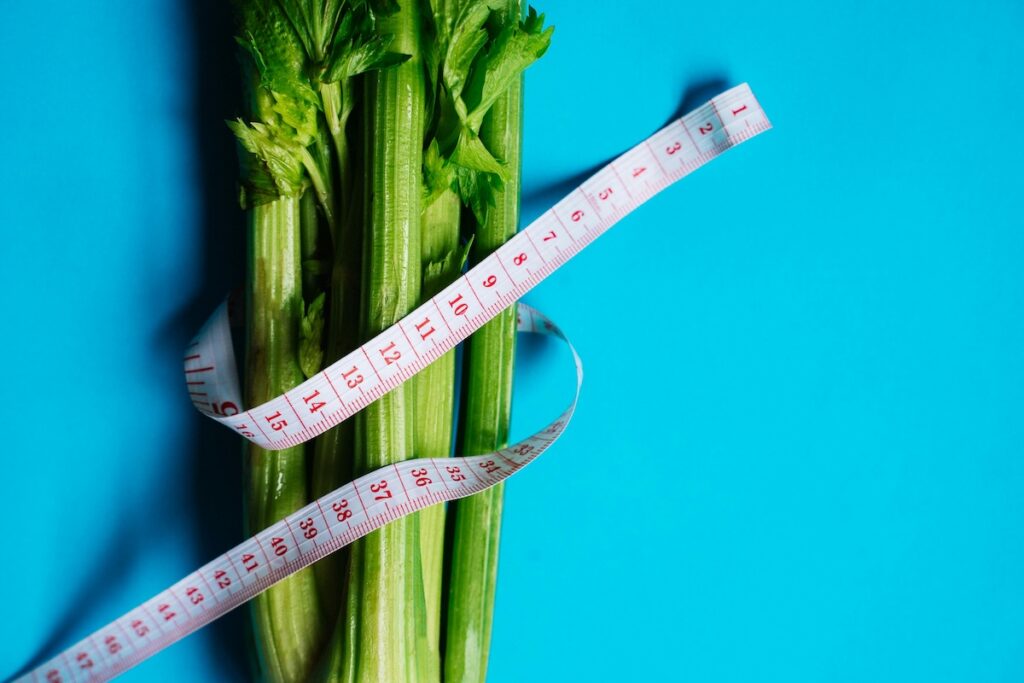
For Lasting Weight Loss, You Need Lasting Lifestyle Change
But fast forward a few years, and it became harder and harder to shed the pounds I put on during pregnancy, until I finally had to accept the fact that, now, permanent weight loss is only achievable with permanent lifestyle change.
So, is there a way to eat what you want and still maintain a healthy weight? Yes, technically, there is. That’s how I was finally able to shed the baby weight.
And it’s how I was able to go on that cruise and come home lighter than when I left, even with eating as much food as I could hold three or four times a day the whole week we were on the ship.
The first secret lies in staying active, which for me currently means walking a mile or more a day plus rebounding on my mini-trampoline multiple times daily.
Of course, it’s possible to out-eat any exercise program, which in why you also need the second secret to staying healthy while eating what you want: And that often entails changing what you want.
Here the cards are really stacked against us, because Big Food has spent decades and invested millions into figuring out how to make junk food just as addictive as they possibly can. And they’ve found the precise combination of sugar, salt, and fat to make it nearly impossible to stop with just one, whether we’re talking about potato chips or jelly donuts or pieces of candy or French fries or sips of soda.
And have you ever noticed that no matter how much you gorge on ultra-processed foods like that, you never feel satisfied? That’s because you’re just consuming empty calories. But once you manage to break the addiction, whether you give it up cold turkey or you gradually wean off by adding more and more whole foods to your diet, you’ll discover an amazing variety of fresh fruits and vegetables that are absolutely cram packed with vitamins and minerals and fiber but so low in calories that it’s virtually impossible to over-indulge.
Your stomach simply can’t hold enough raw carrots and kale and cabbage to get too many calories eating that kind of stuff. Then, add in whole grains and legumes and a little extra virgin olive oil, and you have a full, delicious diet that nurtures good health, boosts immunity, reduces inflammation, and supports your gut microbiome, instead of hijacking your tastebuds to drive profits for the processed food industry.
So give that a try. Put the whole-food, plant-based way of eating to the test and see if you don’t feel better, more energetic, and have an easier time controlling your weight – without ever having to count a single calorie.
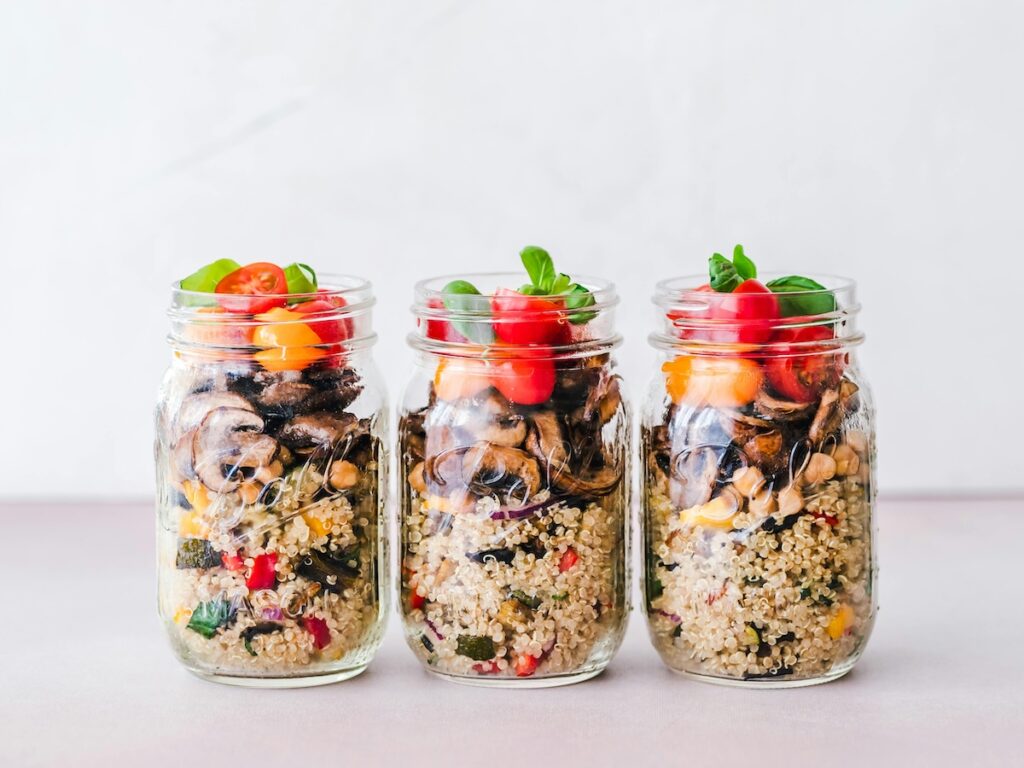

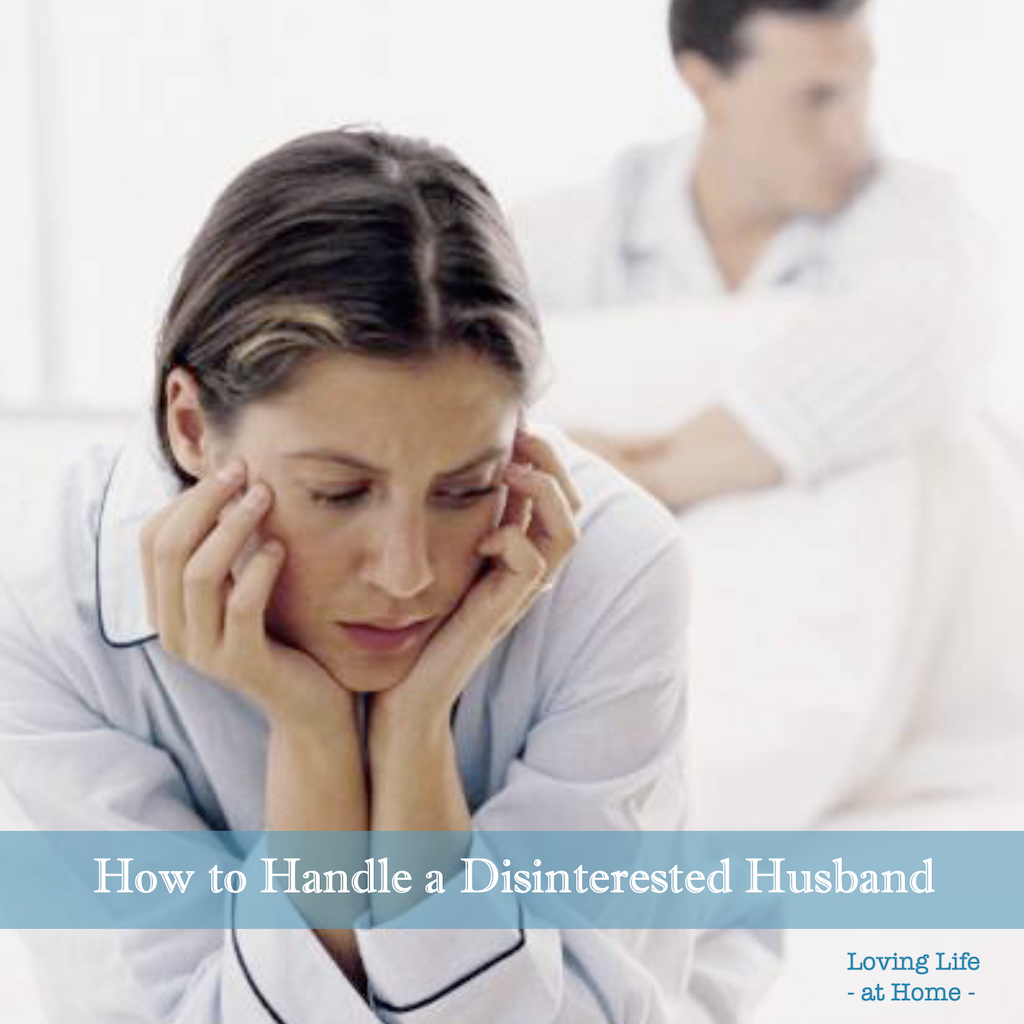

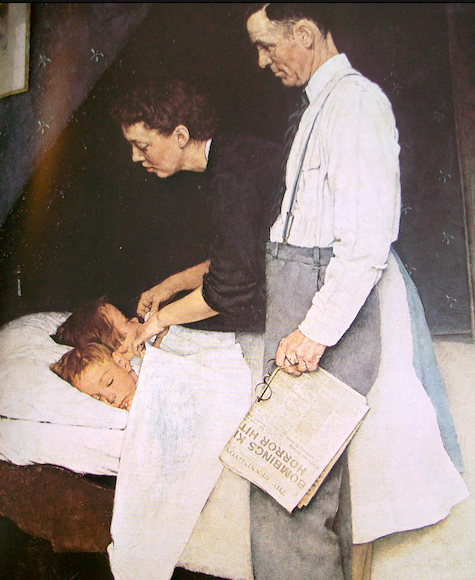
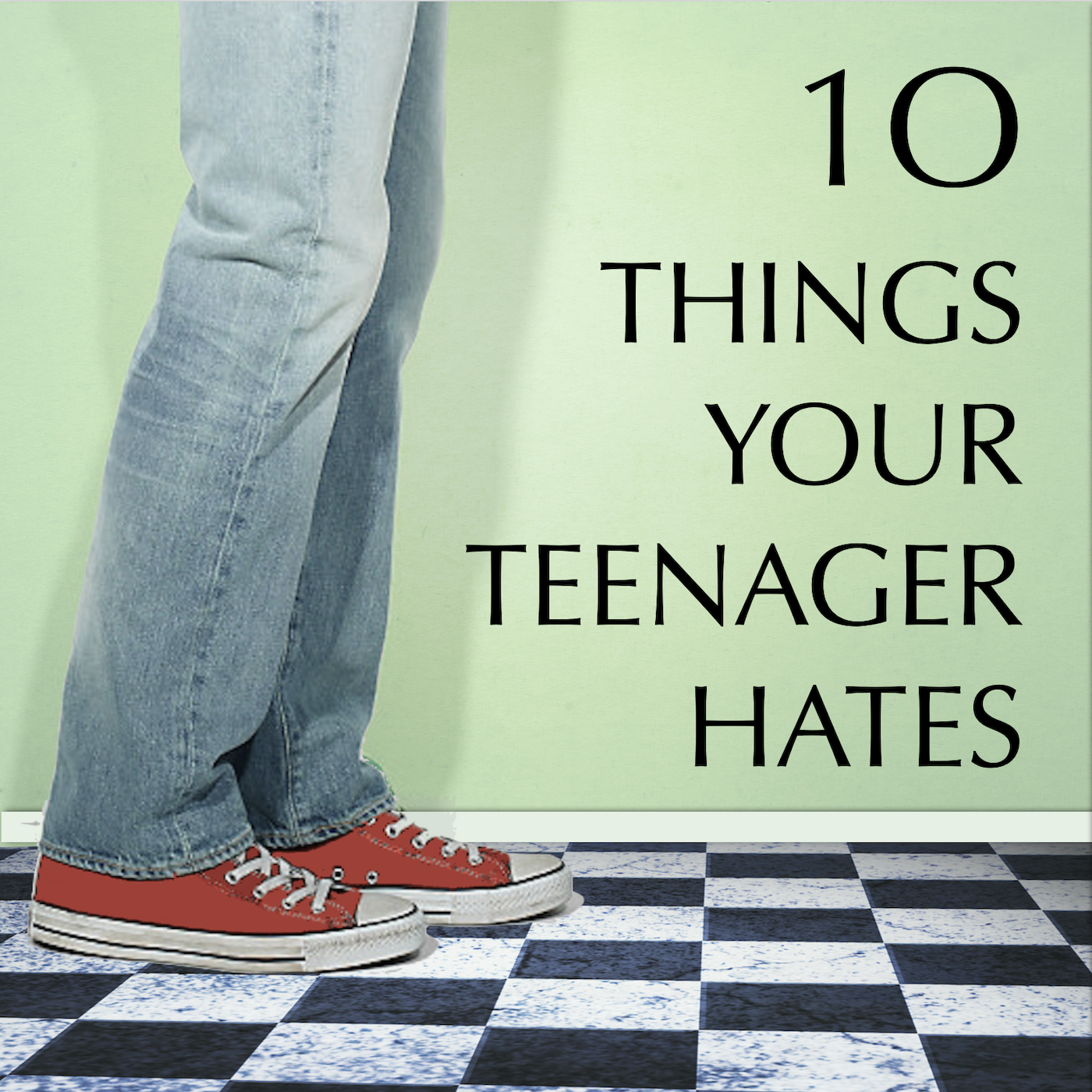
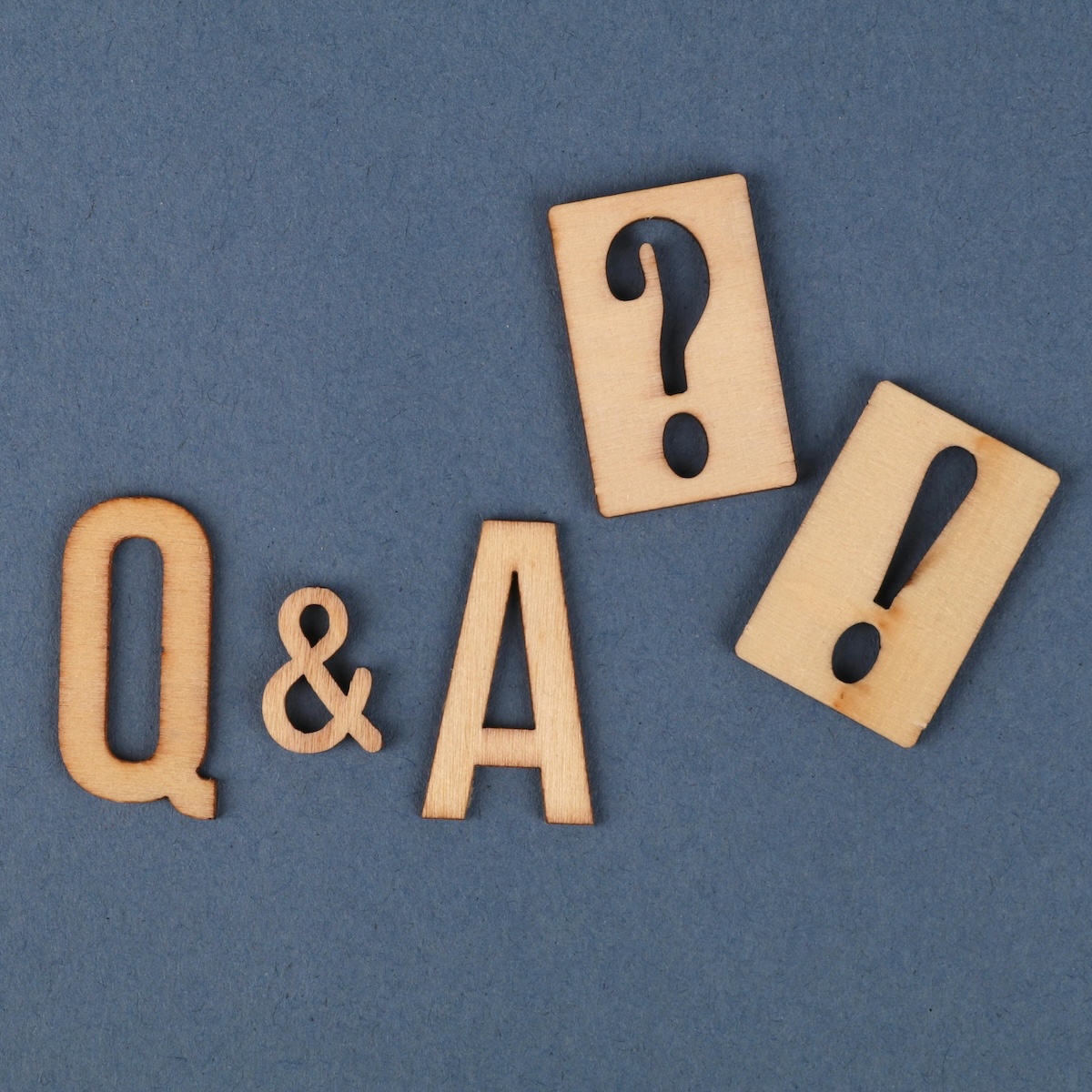
I know that when I first became a vegetarian I felt great for about 2 years! Everything was just perfect health-wise. I knew even 40 years ago (Yikes! I was 15) not to go vegan because it is unsustainable, and I’ve watched my cousin decimate her health trying to do that. So I was strict veg-head for 20 years.
When I finally got pregnant I added in tuna 2ce a month, and turkey 2ce month, with a lot peanut butter and chickpeas for more protein. I did fine and baby was very healthy. But also for the past 20 years I’ve suffered with a variety of skin conditions. Eczema, lichen sclerosus, psorriasis, etc.
In the last few years I found out that my healthy diet was actually toxic. My body would ooze out oxalates. I would wonder, “How do these little rocks keep getting in my ears? Why do they come out of my eye duct?” My body was desperate to get rid of the oxalates! And many of the foods you named are high in oxalates, with spinach, chard, sorrel, almonds, and sweet potatoes being the worst culprits. We get them all freely from the store each week; instead, they need to be eaten in minimum amounts, in season. Spinach, though, should never be eaten. Please look into Sally K. Norton’s Toxic Superfoods for the scientific proof of this.
One last thing – I saw a drastic improvement in my skin when I gave up peanut butter. It was an answer to prayer! I also began milling grain to bake my own bread in a breadmaker (for ease). Milling grain means I get every single nutrient, and don’t have to buy “enriched” bread. Flour from the grocery store is dead; but grain nutrients are all there! I eat lots of bread everyday and watch the pounds just melt away! Plus my energy has skyrocketed! Jesus said he was the bread of life, and REAL bread sustains our bodies.
After 40 years of being a vegetarian, I’ve found real health by adding back in a little meat, cutting down on fruits and veges, eliminating soy and seed oils, and eating REAL bread! We all have to take a windy path to find what works best for our bodies and out taste buds. When you wonder why your diet isn’t working anymore, remember Sally’s book. May God bless you!
Thanks for the heads up, Janine. I’ll keep an eye out for any of the symptoms you describe. I really prefer taste of my plant-based meals, but have been eating just a little meat (mainly in soups) every 3-4 weeks, just in case. Moderation in all things, right?
Exactly! And congratulations on losing so much weight! That is quite an achievement and I’m very happy for you!
Thanks so much, Janine. I’m excited to see that it is staying off with just those few lifestyle changes! And the fact that I feel so much better makes it easy to keep up with my new habits.